Best Of The Best Tips About How To Avoid Second Hand Smoke

The best way to avoid exposure is to stay away from areas where people smoke.
How to avoid second hand smoke. Secondhand smoke is the combination of the smoke coming from the end of a cigarette and the smoke being exhaled. Separating smokers from nonsmokers, leaving windows open and turning on air filters doesn't protect people from secondhand smoke's effects. You will usually find cracks in the corners of the bottom of the garage door when it's closed, as well as a rectangular hole somewhere else along the wall.
5 ways to protect yourself from secondhand smoke choose places where smoking is prohibited. Children who spend one hour in a very smoky room inhale enough toxic chemicals to equal smoking 10 cigarettes. Make it clear to anyone smoking in the family not to smoke inside the house.
Living in a home that consists of being surrounded by. Irritants are chemicals that cause soreness and rawness of the nose and lungs. Living with a smoker can cause a strain on the relationship you share with them.
Take these steps to avoid or minimize exposure to secondhand smoke. Open windows and air filters. If you are dining out, choose the restaurant where smoking is strictly.
Don’t hang around smokers and bring second hand smoke home. Surgeon general has determined that there is no safe level of exposure to secondhand smoke and that eliminating smoking in indoor spaces is the only way to fully protect nonsmokers from secondhand smoke exposure. Secondhand smoke cannot be controlled by ventilation, air cleaning, or the separation of smokers from nonsmokers.
Carbon monoxide is a poisonous gas. Ask them to smoke somewhere else outside the house or you can designate a smoking area. If you or someone in your family smokes, insist that all smoking take place.
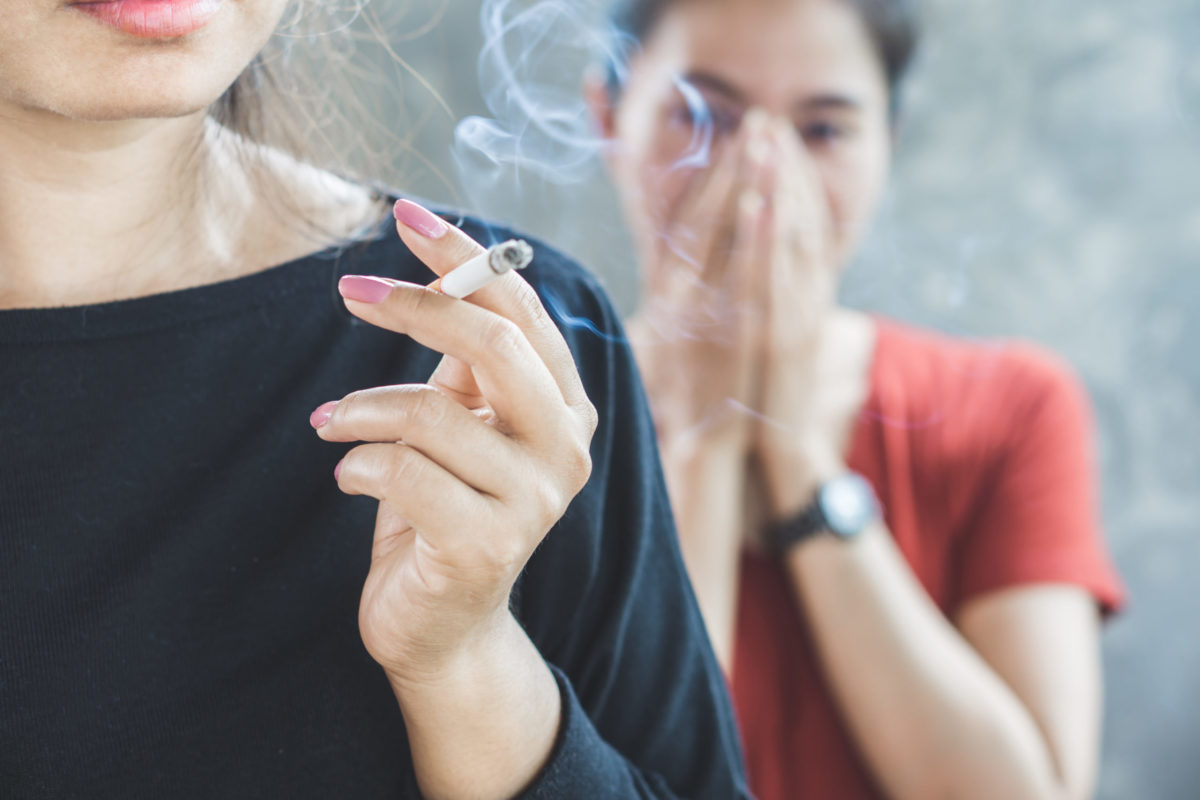






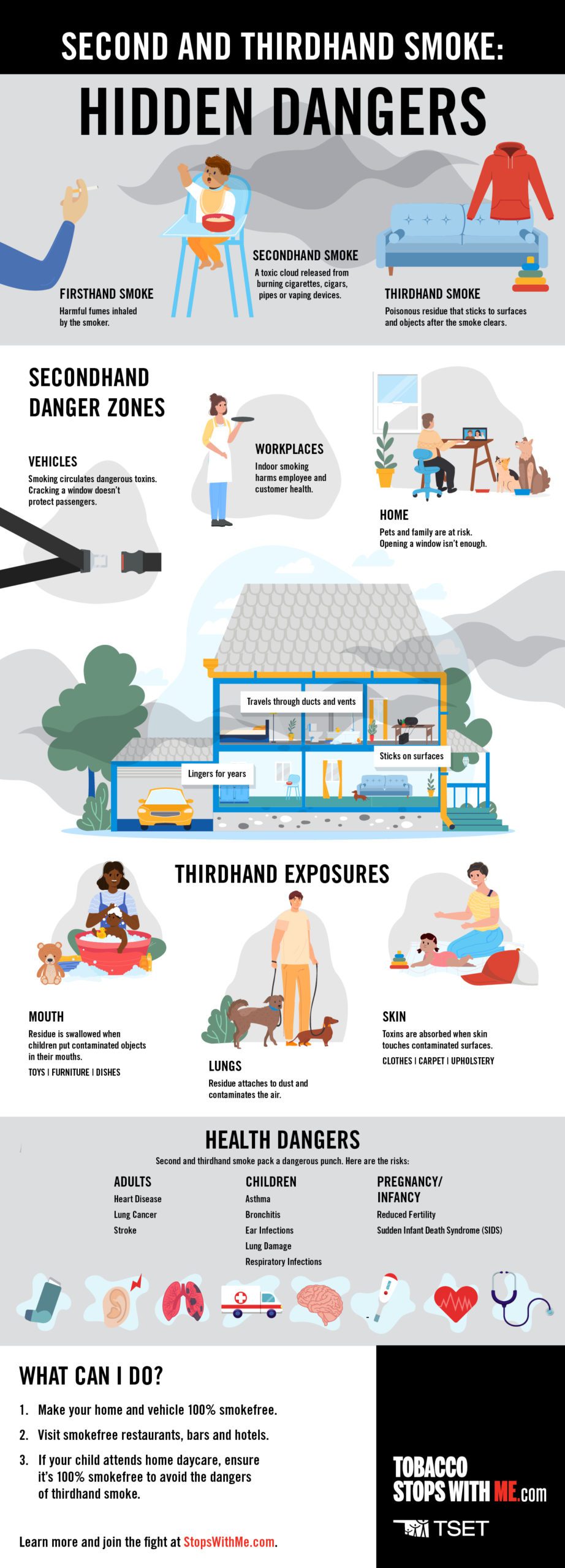




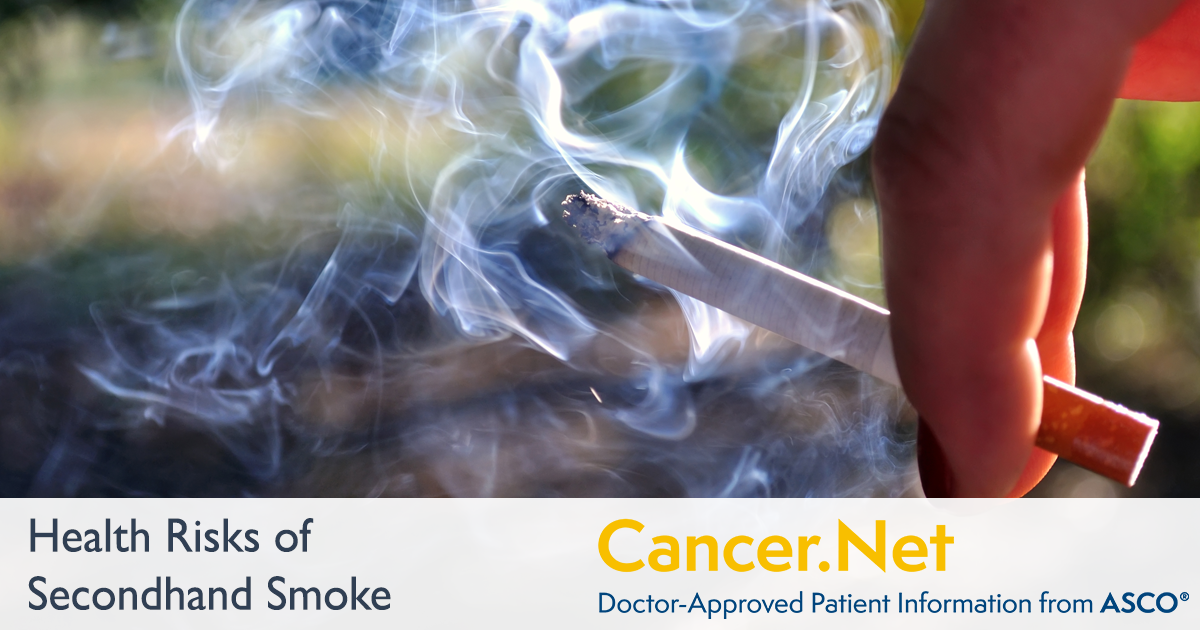

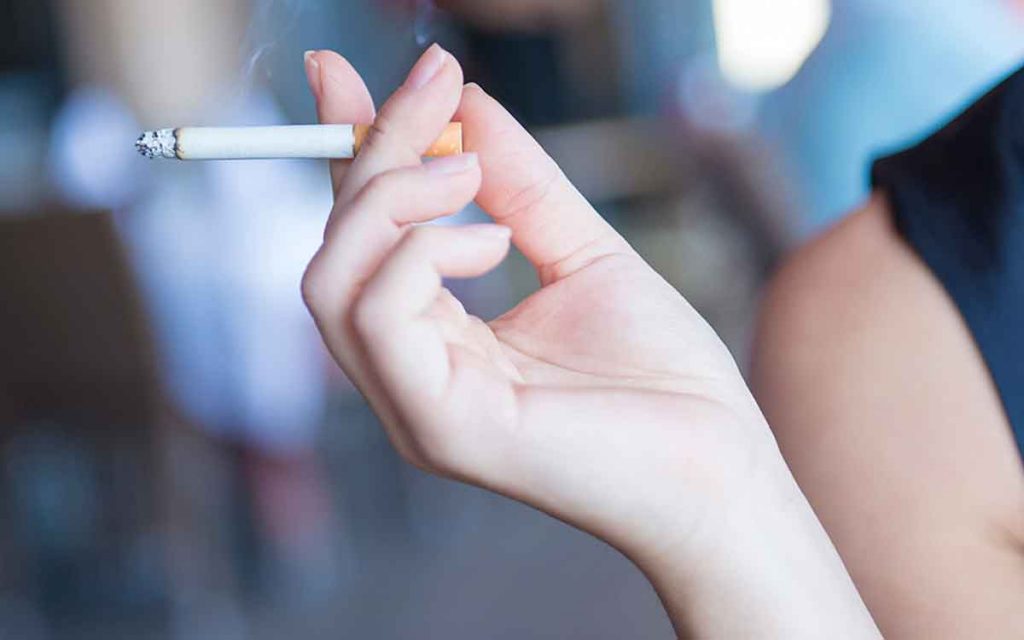
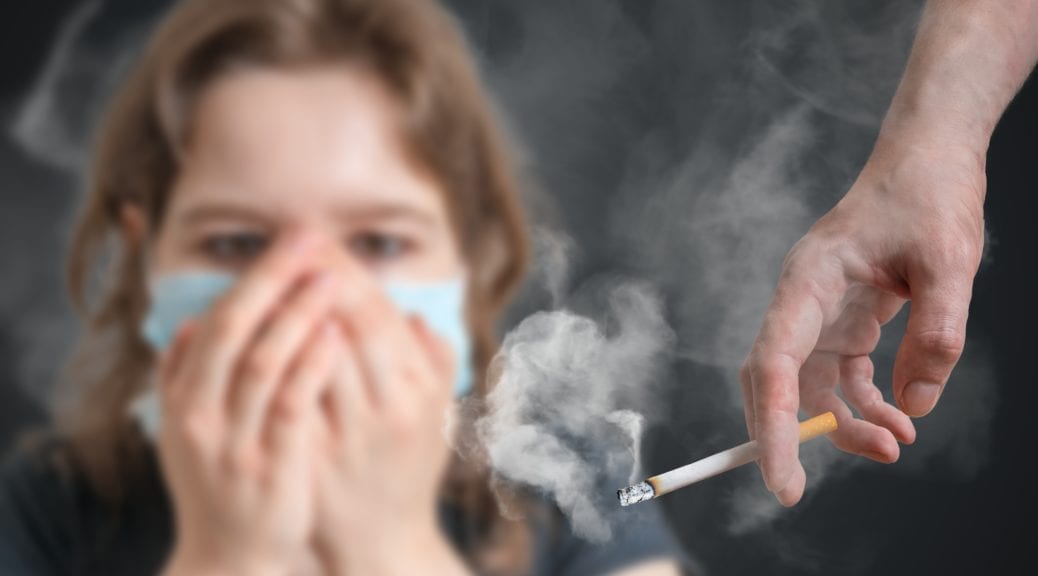

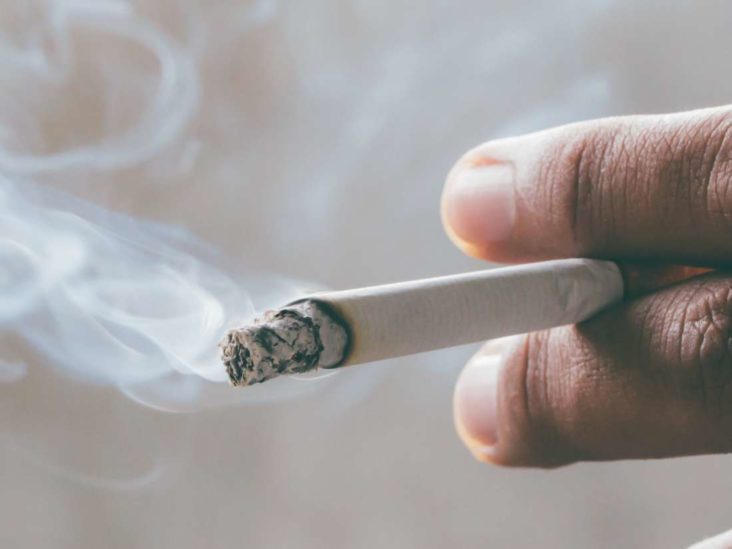
:max_bytes(150000):strip_icc()/GettyImages-184994105-5adde7fb6bf0690037c2f12e.jpg)